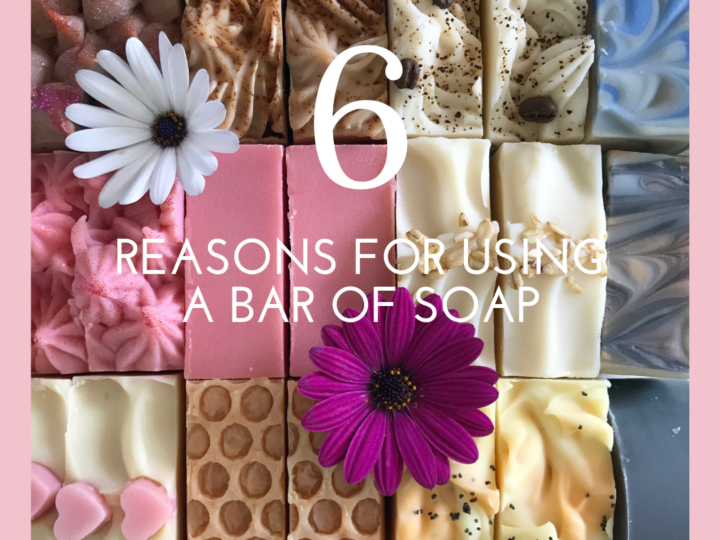
Now that you read my article on the cold process soap (→ here if you missed it!), you know how soap is made.
So basically, as you will have remembered, it is a mix of oils blended with a solution of water and sodium hydroxide.
Then, how do we color soap?
You need first to know that the natural uncolored soap is pale yellow! I know that in our collective imagination we all think that soap is naturally white… Well, it is not! And a plain yellow soap is not so foxy, right?
That’s why soapmakers use different color agents.
- There are special soap dyes, ultra resistant and stable to the sodium hydroxide but the bad news is that they are totally chemical…
- Why not food coloring then? It can be an option, but still chemical with the inconvenient of being unsteady in the soapmaking process. It means that if you expect having a beautiful yellow soap, you could end with a sad brownish one.
- The ochres are a good coloring solution because as they are mineral, at least they are natural. They are also resistant during the soapmaking process but the range of colors is unfortunately very limited (from yellow to bright red including different oranges).
- Clays are also a mineral solution but some of them are unstable during the soapmaking process and the color range is again limited. For example, pink and violet clays give a brown color. Green clay leads to bland green soap. However, red and white clays give good results!
- We can also find plants or spices as ayurvedic powders, chlorophyll, tumeric powder… Even if their reaction with sodium hydroxide can sometimes be tricky it is a good natural substitute.
- Mica powders are mineral, so natural. They are stable and resistant, thus used a lot in cold soapmaking process. A large range of colors exists and some of them are naturally shiny with glitters.
Most of mica powders are often blends of mica and oxides. - Finally, we have oxides which are also used a lot as soap coloring as they are stable with a large range of colors.
What does Body Délice use?
Body Délice makes the choice to be SAFE!
Safe for you, dear customers, and safe for our environment.
That’s why Body Délice won’t use any chemical or murky colors.
We only use mica powders, white clays, plants and spices.
Moreover sometimes, some toppings of our little bars of soap are glitters.
All our glitters are bio-degradable and made from eucalyptus trees coming from responsibly managed plantations.
A last advice
Avoid all industrial soap!
The industrial hot making process destroys all the benefits of the vegetable oils. Glycerin, a natural moisturizer obtained naturally during the soap process is removed during the industrial process. Thus, you obtain a soap which can be aggressive for the skin. Moreover, be careful with the colors used by industrial brands, as you know now that some of them can be hazardous… Don’t forget that industrial soap often uses palm oil, an ecological disaster (click here to know more about that).
Finally don’t trust blindly traditional recipes. Do you know for example that the famous French ”Savon de Marseille” should be white or cream color? Because a soap manufactured with only olive oil should be naturally white, not brownish.
So please, be careful !
Sources:
http://ec.europa.eu/health/scientific_committees/opinions_layman/zinc-oxide/fr/index.htm
Comments (0)
You must log in to post a comment.







